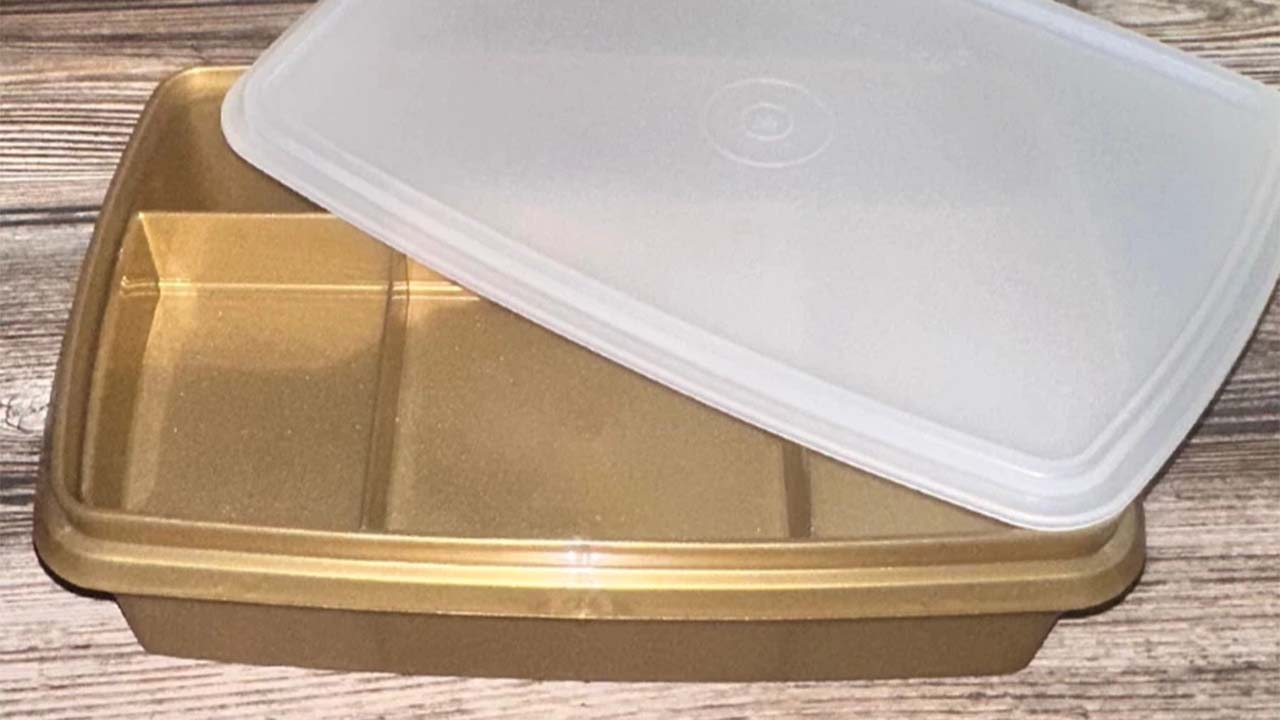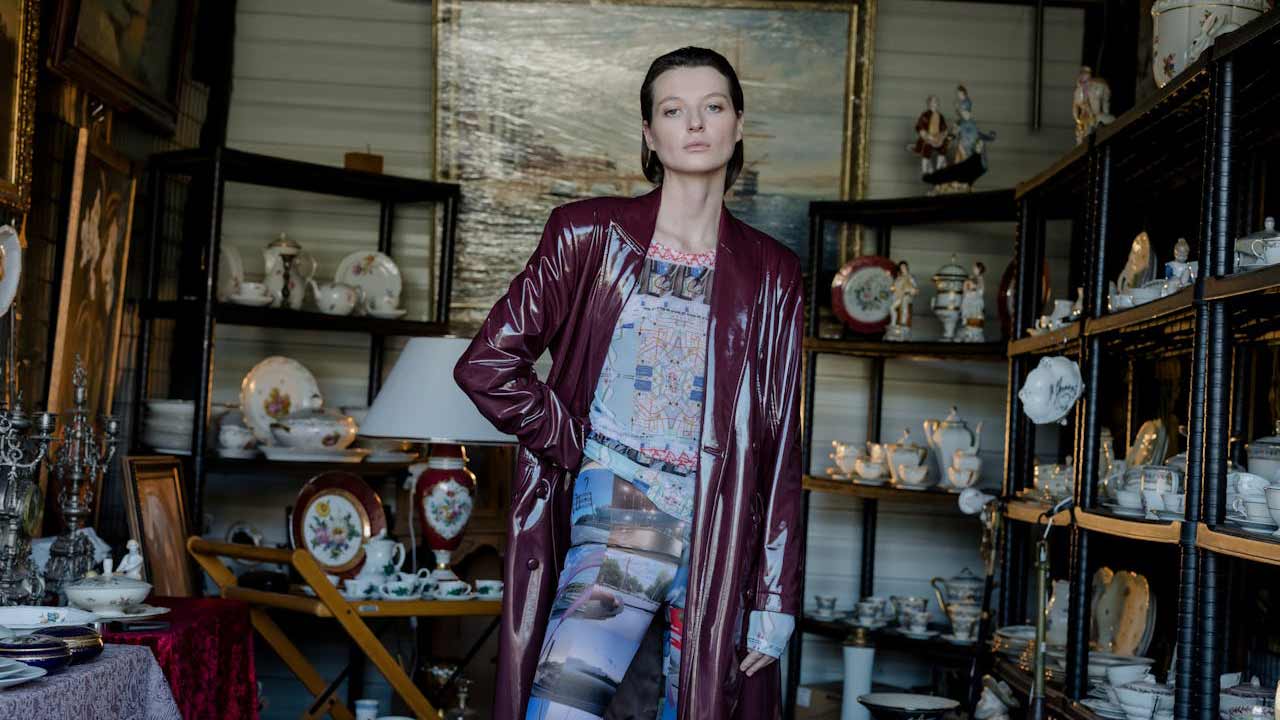It used to live in every kitchen drawer. Stained, mismatched, maybe missing a lid. But today, vintage Tupperware—yes, the kind your grandma used—is selling for hundreds of dollars online. Collectors are snapping it up. Some pieces are now considered design classics. And what used to be everyday plastic is now quietly turning into cash.
If you’ve got a stash of old containers, it might be worth a second look. Because what seemed worthless yesterday might be eBay gold today.
The Right Colors Can Fetch Big Money
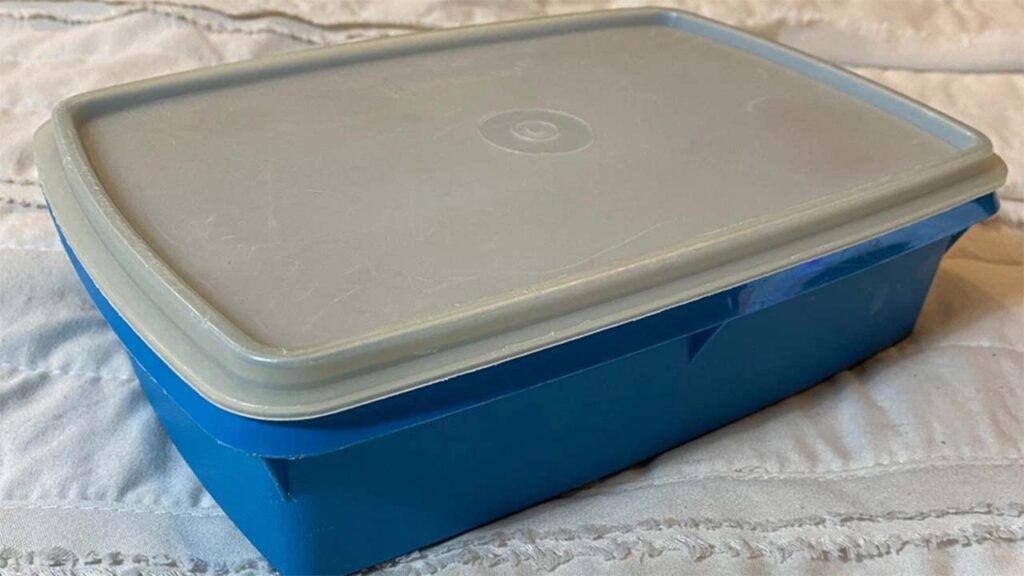
Not all Tupperware is equal. Collectors pay the most for rare colors from the 1950s–1980s—think avocado green, harvest gold, turquoise, coral, or pastel pinks and blues. The more retro the color combo, the more likely someone wants it for their shelf or display cabinet.
Sets from the “Millionaire Line,” “Servalier,” or early party-only exclusives can go for $100–$300 if in good condition. Some single pieces, like a rare mint-condition cake taker or pitcher with the original lid, have sold for even more.
Condition Matters—But So Does Nostalgia
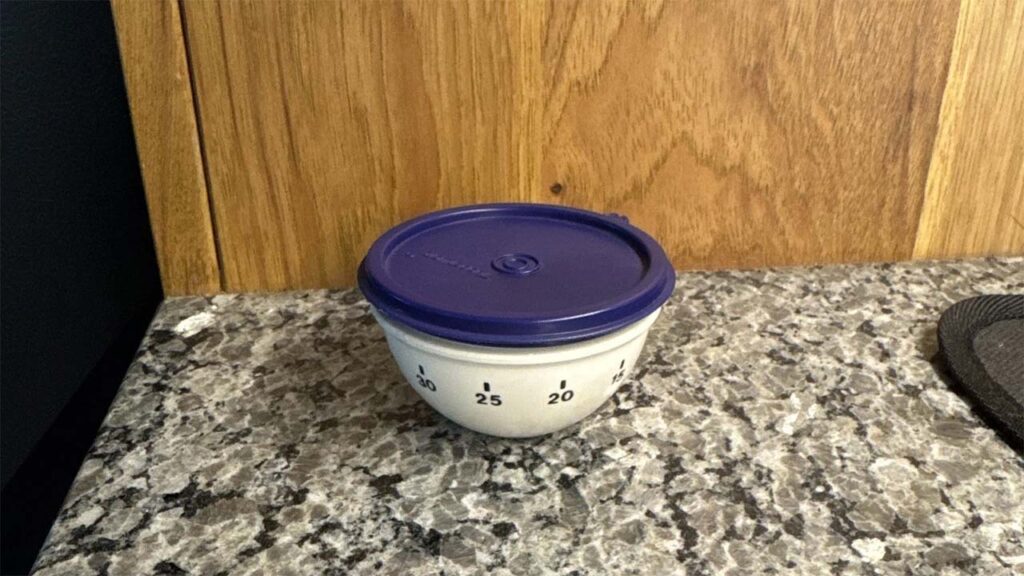
Collectors love pristine items, but some wear is fine. A little fading or scuffing isn’t a dealbreaker if the piece is rare or iconic. What matters most? Intact lids, vibrant colors, and recognizable shapes from the mid-century years.
People aren’t just buying Tupperware—they’re buying a memory. It reminds them of childhood, grandparents, or the first home they cooked in. That emotional pull is why the value is rising.
The Logo Tells You the Era
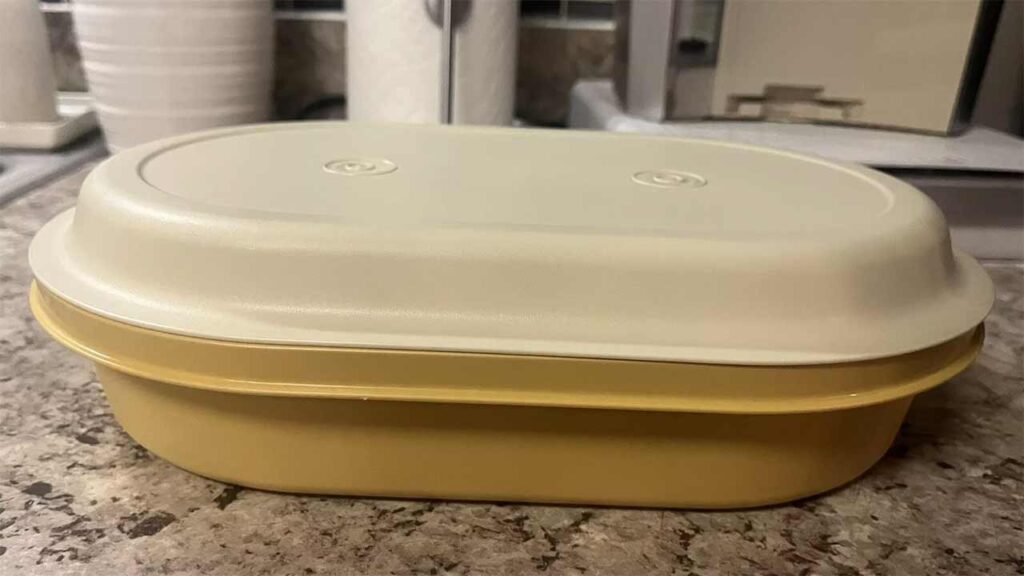
Flip the piece over. Tupperware updated its logo a few times over the decades. Older logos—especially from the 1950s and ’60s—are more valuable to collectors. If it says “Made in USA” and has that classic embossed oval logo, you might be holding a gem.
Pieces marked with “Tupper Corporation” or those that reference “Tupperware Home Parties” are especially sought after. Some collectors specifically look for items from the early party-hosting years because they’re harder to find in good shape.
Full Sets and Rare Shapes Bring the Most
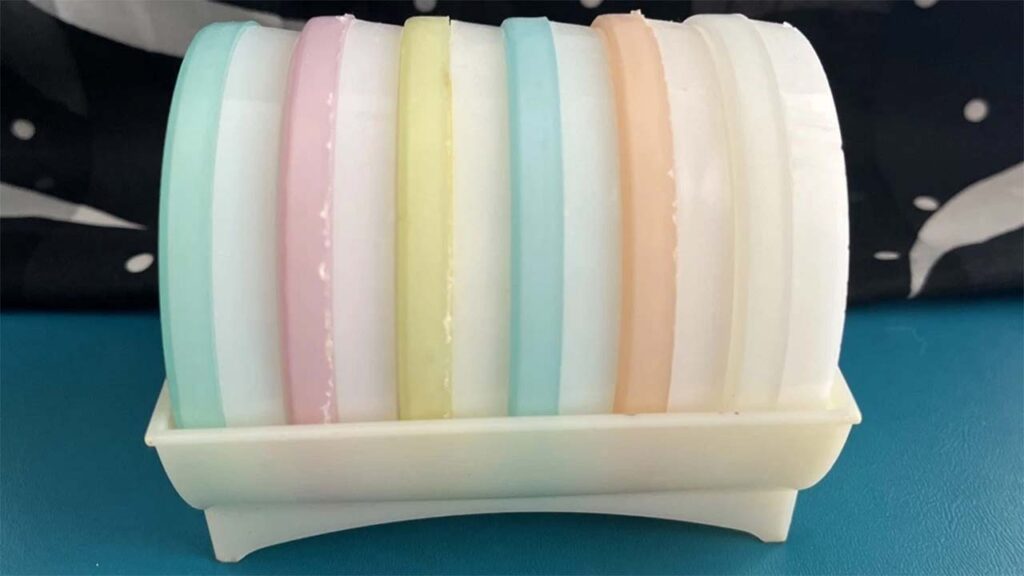
Single bowls or lids are fine, but full sets—especially nesting bowls, canister towers, or divided serving trays—bring in bigger money. Bonus points if you still have the box or instruction pamphlet (yes, people will pay extra for that).
Keep an eye out for oddball shapes like jelly molds, relish trays, or handled “picnic” carriers. These limited-run items weren’t mass-produced for long, and now they’re some of the most valuable in the resale market.
Where to Sell—and What to Expect
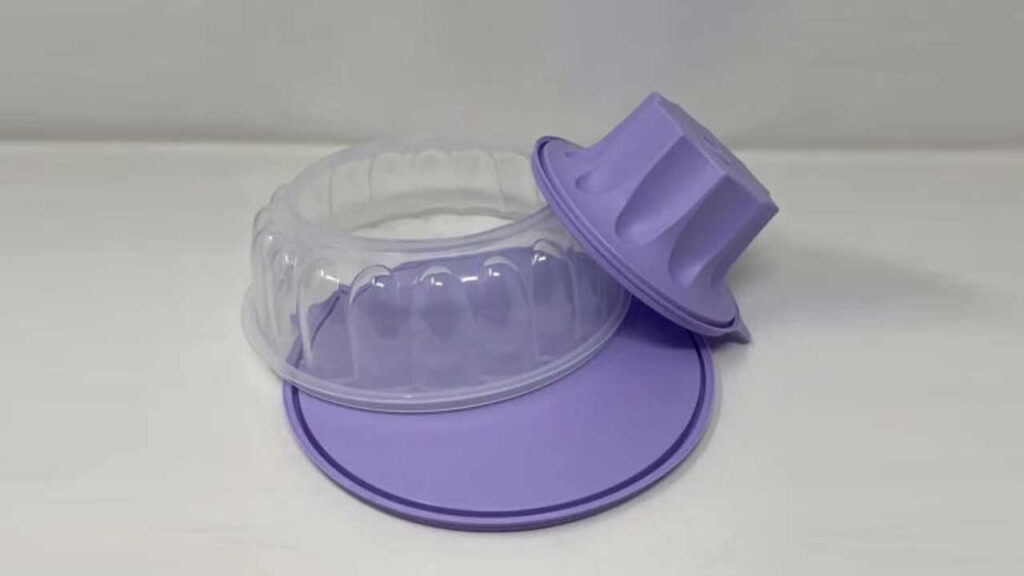
If you’ve got vintage pieces in good shape, you’ve got options. Resale platforms like eBay and Etsy are full of buyers hunting for specific colors and eras. Search completed listings to see what similar items have sold for—don’t just guess.
Facebook Marketplace and collector groups can also work, especially for local buyers who want to avoid shipping. And yes, some pieces are worth enough to justify bubble wrap and insured postage.
Bottom Line: That Plastic Might Be Priceless
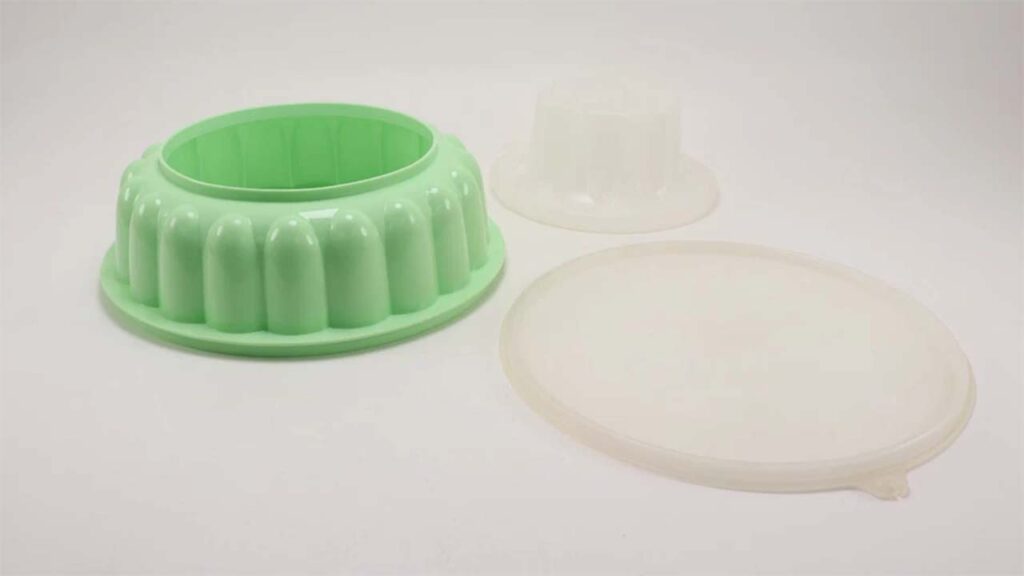
Grandma’s Tupperware isn’t just clutter. It’s part of mid-century design history—and a surprisingly hot collector category in 2025. If it’s vintage, colorful, and comes with a snap-tight lid, it might be worth more than you think.
Before you toss it or give it away, do a little digging. Because that faded orange bowl in your pantry might just cover a car payment.

Alexander Clark is a financial writer with a knack for breaking down complex market trends and economic shifts. As a contributor to The Daily Overview, he offers readers clear, insightful analysis on everything from market movements to personal finance strategies. With a keen eye for detail and a passion for keeping up with the fast-paced world of finance, Alexander strives to make financial news accessible and engaging for everyone.
